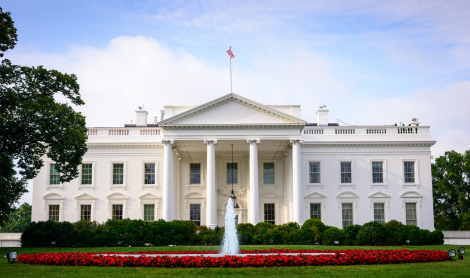The end of the government shut down and the threat of a default are over for now. The analysts and pundits are sharing their summaries of what happened, and offering competing bets for what the recent events will mean for the future of our parties and our politics. I myself think it’s too early to know what this will all lead to; I’m as curious as anybody. I can tell you one thing. Nobody should hold their breath for a new ESEA any time soon. The long-awaited revision to NCLB just got pushed even further into the future.
While there may be some who think the final votes in the House and Senate indicate the shape of future coalitions willing to vote together, I don’t see it that way. Language coming out of the Senate’s education committee should dispel such optimism. The Report Language on the Harkin-sponsored legislation recently passed out of the Senate HELP Committee includes the usual summary of what was in the bill. But it also includes a Republican alternative that dismisses just about everything in the bill as passed, while making the case for a separate replacement version. The Partisan divide on education proposals is alive and well.
We at NACSA are encouraged in the long-run, as all the various proposals on the hill include language supporting strong authorizing, and the need to help grow a high quality charter sector. Eventually, when there is a new ESEA, we expect it to help us do our work. In the meantime, as long as a deal on the ESEA seems far off, can we make some progress in how the federal role influences the charter school sector? I would say yes.
The statutory language of the federal Charter School Program (CSP) includes serious flexibility in the form of waiver authority. States that want to invest in efforts to accelerate what is working and to address what needs to improve, can just ask. It now looks like the states will have a year or two to continue spending CSP funding. The U.S. Department is also likely to run another grant competition before the ESEA is revised that will involve most of the states.
I recommend that leaders throughout the charter sector should work with their states to design and propose bold ideas that advance the sector. We should think about problems that need work, and opportunities to make things better. If some federal funding, or just a difference in how we use it would help, let’s put those forward and get going.
Now the NCLB waivers may have spoiled some people’s appetite for discretion in the administration of federal programs. But unlike the rest of NCLB, the CSP was always written with a strong and expansive waiver authority that was intended to support state-by-state variation and experimentation. The Secretary has discretion to approve waivers, certainly. But it is up to states to come up with proposals. I’m betting the states are much more likely to come with interesting ideas that are worth trying, than the divisions in Congress are likely to be healed by compromise and comity.


